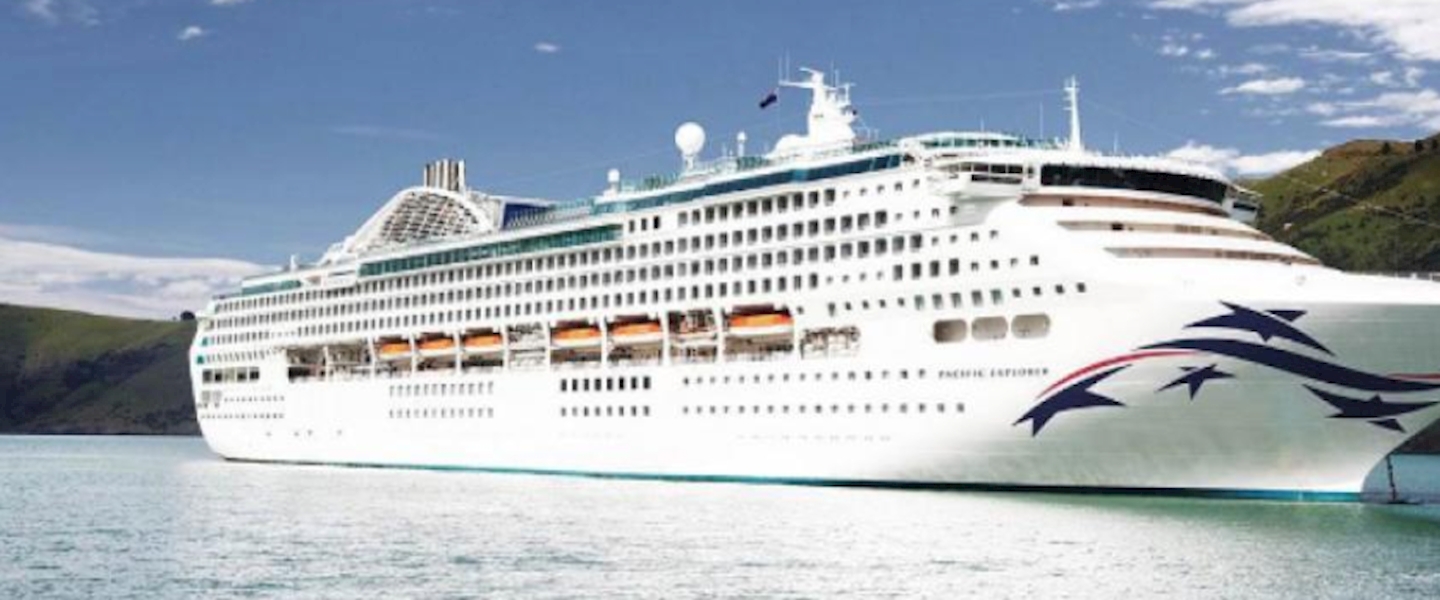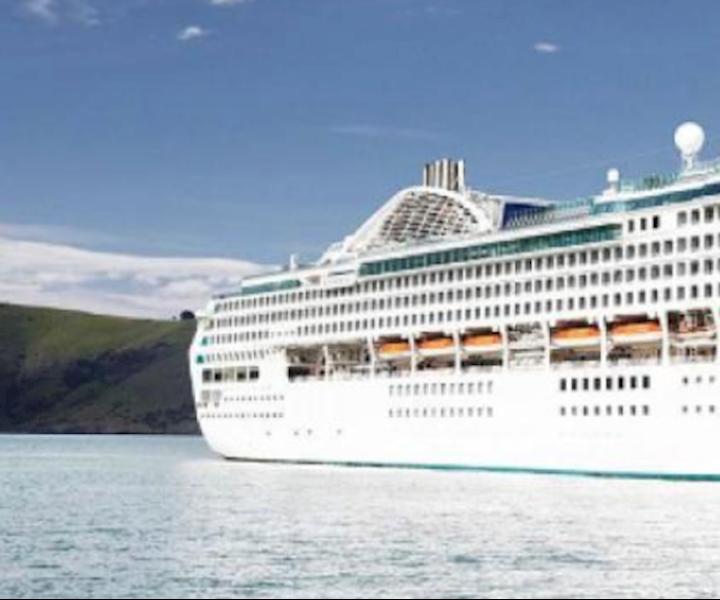Return of cruise ships raises big questions for tourist security


FIRST Security’s Brian Switalla writes that with international cruise ship arrivals returning to Aotearoa, businesses in tourism precincts should look at reviewing their security arrangements to ensure we remain a destination of choice.
12 August saw the steaming into Waitemata Harbour of P&O’s Pacific Explorer. Carrying 2,000 people, it’s the first cruise ship to arrive in Aotearoa for two-and-a-half years due to COVID border closures.
The wheels of tourism are starting to turn again, with at least 20 ships carrying around 45,000 passengers are scheduled to be arriving in Auckland before Christmas.
Border closures reduced international visitor arrivals to a trickle, from 3,888,473 in 2019, to 996,350 in 2020, and then 206,862 in 2021. And Auckland – particularly the CBD – has taken a big hit.
According to 1News, before the pandemic, 20% of spending in Auckland's CBD stemmed from international tourists, and in the year ending June 2020 that spending topped $200 million.
Since COVID, with no tourists, lockdowns, and more people working from home, spending in the CBD has declined significantly. Tātaki Auckland Unlimited figures indicate that from April 2020 to February 2022 spending in the CBD was down over 35%, compared with only 3.5% for the rest of Auckland.
The cruise ship industry previously injected around $500 million each year into the New Zealand economy, so the return of cruise ships is good news. But some commentators have raised concerns over the safety of tourists in Auckland amid rising levels of crime and issues around excessive alcohol consumption and antisocial behaviours.
By the numbers: Crime in the Auckland CBD
The 2021 Global Peace Index ranks New Zealand as the second safest country in the world. That’s great, but in the past 12 months we’ve seen escalating rates of crime – particularly property crime – across the country, and this is confirmed by crime data.
According to the NZ Police’s Victimisation Time and Place data (which reports on certain reported crime categories), there were 8,342 crime victimisations in the Auckland region during the month of April 2022. This compares to monthly victimisations of between 6,000 and 7,000 throughout 2017-2019 and prior to the COVID lockdowns of 2020-21.
It’s a similar story for the CBD. Taking the Auckland Central East area unit (a section of the CBD bounded by Customs Street to the north, Queen Street to the west, Symonds Street and the port motorway to the east, and Karangahape Road to the South) as an example, recorded victimisations in the two years leading up to COVID peaked at 218 in the month of February 2020, having generally fallen within the 150-200 per month range throughout 2018-19. In September 2021, we saw a five-year high of 290 victimisations. Taking the lockdown months out of the equation, most months since COVID have recorded victimisations in the range of 200-250 or higher.
Tourism: a fragile sector
When it comes to international tourism, vacationing on a cruise ship is one of the safest ways to travel. According to the World Tourism Organisation’s publication Tourist Safety and Security, high staff to passenger ratios result in good safety and security onboard, but once a vessel arrives at a port, things can change.
With a cruise ship in dock, influxes of large numbers of visitors in port zones present security and safety issues. Tourists are vulnerable. Often carrying cash and valuable items, they walk streets they are unaccustomed to, and are distracted by the sights. They are dipping into their wallets at retail outlets, cafes, and ATMs, and they’re likely to engage in the night-time economy.
Criminals know this, of course. And do doubt, Auckland’s pre-Christmas schedule of 20 ships and 45,000 passengers presents an appealing timetable.
Owners and operators of hospitality and retail businesses in tourism precincts like downtown Auckland have a vested interest in the safety and security of international tourists.
According to tourism security literature, tourists’ risk perceptions regarding a specific destination can affect their decision making. How they perceive crime in specific areas often relate to their own experiences or experiences of others and could have an effect on their willingness to travel to these destinations.
In other words, word of mouth (including social media chatter) is important. One tourist’s experience of getting mugged or having their camera stolen can have a massive ripple effect. It’s particularly important in the tourism industry because the tourism industry sells experiences. One bad experience is all it takes.
What to do
How is your business preparing for the return of international tourism? With tourist numbers slowly set to increase, now is a good time to be reviewing your security and safety arrangements.
FIRST Security has an extensive track record of helping businesses to protect their staff, visitors, and property. If you’d like to discuss how to keep your people safe, feel free to get in touch with us.

